Finance
How Discount is Calculated – 5 Tips you need to Know

Table of Contents
How Discount is Calculated
Do you know how to calculate a discount? A discount is a way to reduce the cost of an item by a certain amount. There are many types of discounts, including fixed amounts and percent off.
This article will go over the two most common forms of discounts. Read on to learn how to calculate them.
This article also discusses what happens when you use a coupon. The next time you’re in the store, ask for a discount!
Discount formula
If you want to calculate a discount rate, you can use the formula below. To calculate the percentage of the discount, divide the amount of the discounted price by the list price.
For example, if an item is $100, but it is currently on sale for $80, and the customer has a $5 coupon, the customer will pay only $80.
With an 8.25% sales tax, the final price will be $80. Similarly, if the customer paid $100 with a $10 coupon, the total sales tax will be $6.19.
Once you know how to calculate a discount percentage, you need to know the original price of the item.
For this, you need to know the sale price, as well as the promotional price. Then, multiply the two numbers together to calculate the original price.
Once you have those numbers, you can use the Discount formula to figure the original price.
Using this formula, you will know how much your product was worth before the discount was applied. This formula is useful for determining the percentage of the discount applied to each item.
Discount factor
The discount factor is a financial calculation that shows the amount of money a company will receive in the future in terms of the present value of that dollar.
The calculation is based on a certain discount rate and an implied date of receipt.
Using an Excel formula, the present value of a cash flow is determined by multiplying the cash flow by a discount factor. The discount rate and the matching time period are the two main factors that drive the discount factor.
Discount factors are useful for valuing liabilities and investments. They are also useful for tax purposes, as they enable investors to see how much their investments are worth compared to the present value at any given point in time.
Several types of businesses use discount factors to assess the value of a future cash flow.
For example, insurance companies use the discount factor in pension calculations.
Similarly, short-term money-market instruments, such as commercial paper and T-bills, are valued according to the discount factor. In order to properly calculate the discount factor, the investor needs to know the duration of the investment.
Discount rate
In business, the discount rate is a calculation used to determine the present value of future cash flows. The rate can be expressed as the Weighted Average Cost of Capital (WACC) or a required rate of return.
In other words, it is the required rate of return for investors. But how is the discount rate calculated? What are the different methods used to calculate it? Let’s examine each method one by one.
Let’s begin by identifying the three main types of discount rates.
The discount factor is an annual rate that decreases over time. It can either be an annual rate or a shorter period, such as the accounting period.
The formula for calculating the discount factor involves dividing the present value by the interest rate plus one. In other words, a discount factor of 0.95% will produce a return of 95%. Using a discount factor means you can save money and get a higher return.
Discount amount
The amount of a discount is known as a discount rate. The formula used to calculate the discount rate is 10/80 x 100, which equals 12.5%.
The most common discounts offered to consumers are the buy one get one free and 20% off sales. A seller may offer different types of discounts based on the type of products and quantity of units purchased.
This information is essential to consumers who are in the market for a particular product.
Discounts come in different forms, including a percent or fixed percentage off the original price.
A twenty percent discount would mean that an item normally costing $100 would be discounted by 20%.
Typically, 20% discounts are applied to sales during promotional periods or seasonal sales. In the United States, the maximum discount for a given product is twenty percent, but a lower percentage is often offered for larger quantities.
Regardless of how it is calculated, it is essential for business owners to understand how the process of discounting works.
The last day to get a discount
The last day to get a discount is an effective marketing strategy that can be used to increase sales.
Retailers have been using deadlines to increase sales by including a deadline and adding bright colors.
By highlighting the expiration date with bright colors, customers can feel a sense of urgency to buy soon. Victoria’s Secret has used a deadline to sell more products, announcing that shipping is free with any $25 purchase. The deadline also featured a ticking clock to create tension.
Conclusion
We hope you enjoyed this article…How Discount is Calculated?
Please feel free to share with us in the comments section below.
We strive to provide the latest valuable information for our readers with accuracy and fairness. If you would like to add to this post or advertise with us, don’t hesitate to contact us. If you see something that doesn’t look right, contact us!
Finance
The Fascinating Universe of Collectible American Coins

Table of Contents
The Fascinating Universe of Collectible American Coins
Did you know gold has been a go-to for people wanting to diversify their investments and guard their income for centuries? Believe it or not, in today’s topsy-turvy economy, gold’s steady yields and proven durability are hot commodities for investors worldwide.
One of the trendiest ways to convert greenbacks into gold is by purchasing gold bars and coins.
Gold coins might be particularly tempting to investors due to their snazzy aesthetic and historical value–in addition to their monetary worth. But where to start–that’s the million dollar question? With so many gold coins out there, how do you decide what (and how) to bet on?
Golden Eagles Soaring High – American Gold Eagle Coins
Let’s dive in with the American Gold Eagle coins — a red-hot favorite and a well-known player in the gold coins market.
The U.S Mint whips up these 22-karat gold coins decorated with a Lady Liberty design on the obverse side, while the reverse side flaunts a bald eagle nesting or a bald eagle’s head, year-dependent.
And here’s what’s also interesting–you can claim these American Gold Eagle coins in various weights: 1 oz, 1/2 oz, 1/4 oz and 1/10 oz. The same goes for its ‘cousin’– the American eagle silver coin.
The Canadian Maple Leaf–Not Quiet American, but Close Enough
The 24-karat gold Canadian Gold Maple Leaf coin, sculpted by the Royal Canadian Mint, is an absolute stunner.
Hitting the ground in 1979, this golden wonder was in toe-to-toe competition with the South African Gold Krugerrand and is still regarded as one of the world’s purest and most coveted gold bullion coins.
The design? A maple leaf on the obverse side and an image of Queen Elizabeth II on the reverse.
What’s rad is that Canadian Gold Maple Leaf coins come in an array of weights, from 1/25 oz all the way up to 1 ounce.
Unleashing the Golden Buffalo – American Gold Buffalo Coins
Say hello to the American Gold Buffalo coin–another popular (and very favored)choice among investors and collectors alike.
The design is a tribute to the 1913 Buffalo Nickel conceived by renowned James Earle Fraser. You’ll see a Native American chief’s profile on the obverse side and an American buffalo on the reverse.
What’s fun to note is that American Gold Buffalo coins are 24 karats—higher purity than American Gold Eagle coins.
The Golden Wrap Up
Dropping some money into gold coins can be a savvy strategy to protect your overall investment bundle from losses and fend off inflation.
The coins discussed above are top-notch options for anyone keen on adding a dash of the shiny metal to their investment portfolio or who gets a kick out of curating a collection.
Always remember — before making any investment decision, do your legwork, contemplate your investment goals and risk tolerance, and seek advice from a financial guru for individualized guidance based on your unique financial situation. Good Luck!
Fact Check
We strive to provide the latest valuable information for our readers with accuracy and fairness. If you would like to add to this post or advertise with us, don’t hesitate to contact us. If you see something that doesn’t look right, contact us!
Finance
Writing Essays Online – The Pros and Cons of Plagiarism

An report accuses some students to utilize online paid essay services to attempt to better their grades. Students may use these to attempt to improve their scores on standardized tests. Is this true? How does it work?
Academic researchers believe that students could be using essay writing solutions to attempt and boost their grades. (more…)
Finance
Top 13 Richest Cities in the World by Number of Millionaires

Table of Contents
Top 13 Richest Cities In The World By Number of Millionaires
We live in an era of rapid economic growth and prosperity. Many cities around the globe have become thriving hubs of wealth, attracting millionaires from various industries.
In this article, we will explore the top 13 richest cities in the world by the number of millionaires. By understanding these prosperous urban centers, we can glean valuable insights into the global economy and the distribution of wealth.
1. New York City, United States

New York City, often referred to as the Big Apple, is undoubtedly one of the wealthiest cities globally. With a high concentration of millionaires and billionaires, it is home to the world’s largest financial market, the New York Stock Exchange. The city’s vibrant economy is powered by diverse sectors, including finance, real estate, technology, and media.
Key Industries:
- Finance
- Real Estate
- Technology
- Media
2. Tokyo, Japan
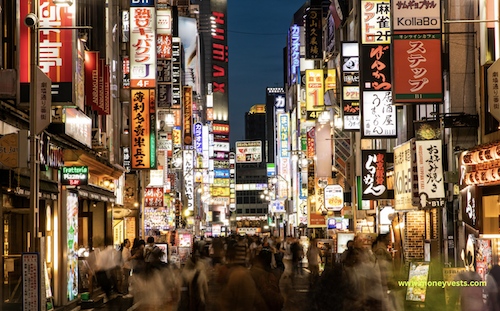
The bustling capital of Japan, Tokyo is a hub of commerce and innovation. With its strong economy, the city has attracted numerous millionaires who have made their fortunes in various industries. Tokyo’s Stock Exchange is the third-largest in the world, contributing significantly to the city’s wealth.
Key Industries:
- Technology
- Manufacturing
- Finance
- Retail
3. London, United Kingdom
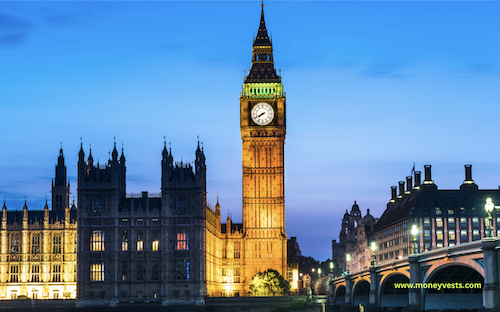
A global center for finance and culture, London is home to a large number of millionaires. Its status as a financial capital has attracted wealthy individuals in banking, hedge funds, and private equity. Additionally, the city’s thriving arts and cultural scene attracts high net worth individuals from around the world.
Key Industries:
- Finance
- Real Estate
- Arts and Culture
- Technology
4. San Francisco, United States

San Francisco and the surrounding Silicon Valley have become synonymous with technological innovation and entrepreneurship. The city’s thriving tech ecosystem has generated a significant number of millionaires and billionaires, thanks to the success of companies like Apple, Google, and Facebook.
Key Industries:
- Technology
- Venture Capital
- Biotechnology
- Green Energy
5. Hong Kong, China

Hong Kong, a Special Administrative Region of China, is a major financial hub in Asia. Its strategic location and business-friendly environment have made it a magnet for wealthy individuals in finance, real estate, and trade. The Hong Kong Stock Exchange is one of the largest and most active in the world.
Key Industries:
- Finance
- Real Estate
- Trade
- Retail
6. Sydney, Australia

As Australia’s most populous city, Sydney has a diverse and robust economy. The city’s natural beauty, high quality of life, and thriving business sectors have made it a popular destination for millionaires. Its key industries include finance, real estate, tourism, and technology.
Key Industries:
- Finance
- Real Estate
- Tourism
- Technology
7. Singapore
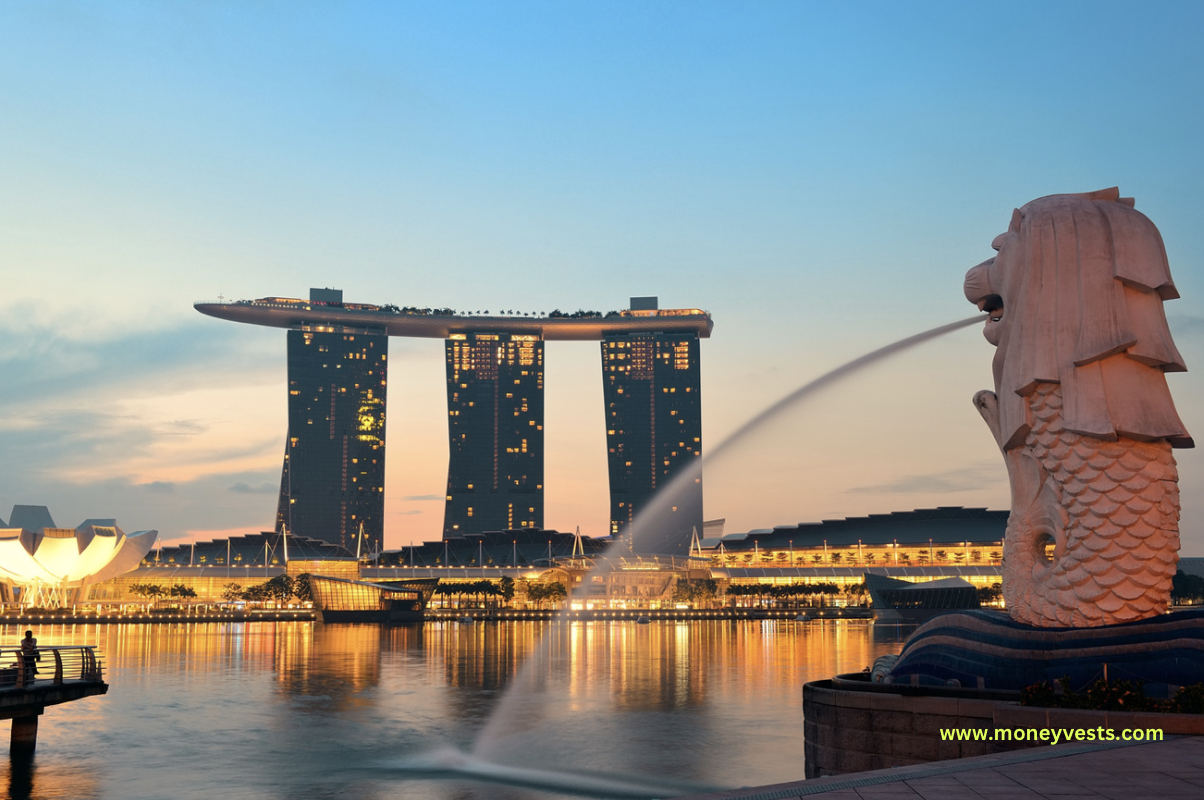
Singapore is a small island nation with a powerful and dynamic economy. Its strategic location as a global trade hub has attracted wealthy individuals from various industries. The city-state’s pro-business environment, excellent infrastructure, and high quality of life make it a top choice for millionaires.
Key Industries:
- Finance
- Trade
- Real Estate
- Technology
8. Zurich, Switzerland
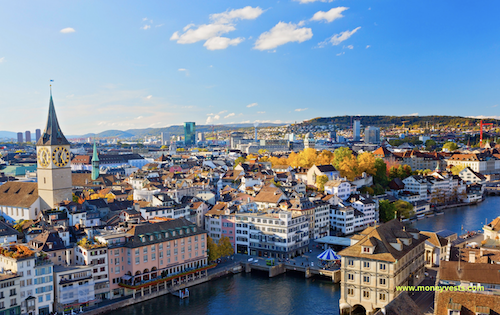
Zurich is Switzerland’s largest city and a global center for banking and finance. Its stable economy, low tax rates, and renowned private banking sector have attracted a significant number of millionaires. The city is also home to major international corporations and a growing technology sector.
Key Industries:
- Finance
- Pharmaceuticals
- Technology
- Manufacturing
9. Los Angeles, United States
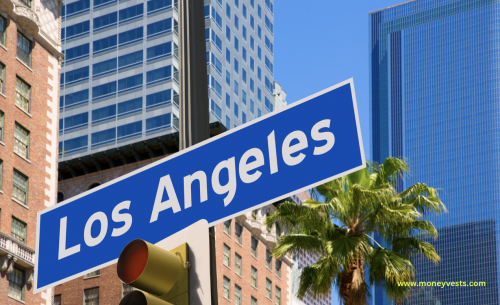
Los Angeles is a global entertainment hub, known primarily for its thriving film and television industry. As the home of Hollywood, the city has attracted numerous millionaires and billionaires involved in media, entertainment, and technology.
Los Angeles also has a strong presence in industries like aerospace, fashion, and tourism.
Key Industries:
- Entertainment
- Media
- Technology
- Aerospace
10. Mumbai, India
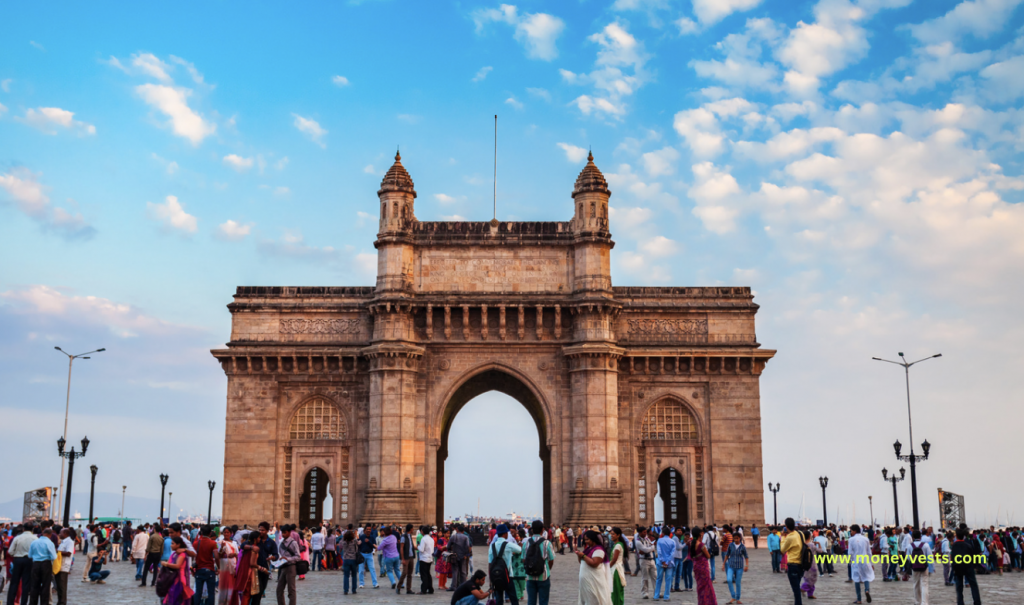
As India’s financial capital, Mumbai is home to the country’s largest corporations, stock exchanges, and banking institutions. The city’s growing economy has generated a significant number of millionaires, particularly in industries such as finance, real estate, and technology. Mumbai is also known for its thriving Bollywood film industry.
Key Industries:
- Finance
- Real Estate
- Technology
- Entertainment
11. Paris, France

Paris, the romantic capital of France, is not only known for its rich cultural heritage and history but also for its robust economy. As a major global financial center, Paris has attracted numerous millionaires who have made their fortunes in industries such as fashion, finance, luxury goods, and tourism.
Key Industries:
- Finance
- Fashion
- Luxury Goods
- Tourism
12. Toronto, Canada
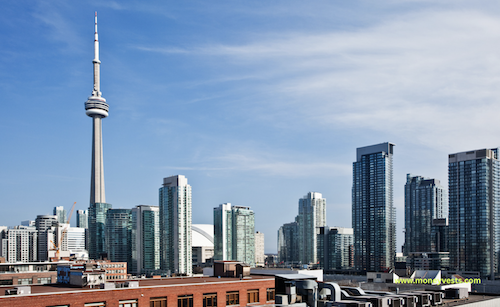
Toronto is Canada’s largest city and economic powerhouse. The city’s thriving economy is driven by diverse industries, including finance, technology, and real estate. Toronto’s stock exchange is the largest in Canada and the ninth-largest in the world, contributing significantly to the city’s wealth.
Key Industries:
- Finance
- Real Estate
- Technology
- Life Sciences
13. Shanghai, China
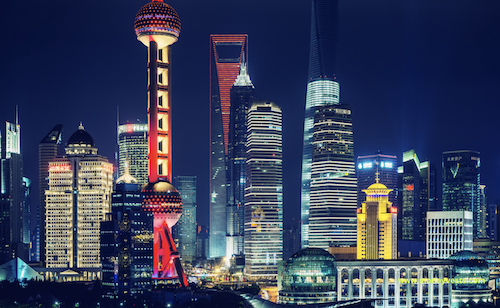
As one of China’s most populous and prosperous cities, Shanghai has experienced rapid economic growth in recent decades. The city is a global financial hub and home to the Shanghai Stock Exchange, one of the world’s largest. Key industries in Shanghai include finance, real estate, and technology.
Key Industries:
- Finance
- Real Estate
- Technology
- Manufacturing
Conclusion
The top 13 richest cities in the world by the number of millionaires showcase the diversity and strength of the global economy.
From finance hubs like New York City and London to technology centers like San Francisco and Tokyo, these cities represent the pinnacle of wealth and success.
As the world continues to evolve, we can expect these urban centers to remain at the forefront of innovation, driving economic growth and prosperity.
Frequently Asked Questions (FAQs)
1. Which city has the most millionaires?
New York City currently has the highest number of millionaires, thanks to its strong economy and status as a global financial capital.
2. Which industries are most prevalent in these wealthy cities?
Key industries among these cities include finance, real estate, technology, and trade. However, each city has its unique mix of thriving sectors, such as entertainment in Los Angeles and luxury goods in Paris.
3. What factors make a city attractive to millionaires?
Factors that attract millionaires to a city include a strong economy, business-friendly environment, high quality of life, and opportunities for investment and wealth creation. Additionally, cities with well-developed infrastructure, excellent healthcare, and education systems, as well as cultural and recreational opportunities, are also attractive to high net worth individuals.
4. How does the concentration of millionaires impact a city’s economy?
A high concentration of millionaires can contribute to a city’s economic growth by driving investments, creating job opportunities, and stimulating local businesses. Their wealth and spending can also contribute to the city’s tax revenue, helping to fund public services and infrastructure projects.
5. Are there any emerging cities that could make this list in the future?
Emerging cities like Dubai, United Arab Emirates; Bangalore, India; and São Paulo, Brazil have experienced rapid economic growth and are home to a growing number of millionaires. As these cities continue to develop, they could potentially join the ranks of the top 13 richest cities in the world.
6. Do these cities also have a high number of billionaires?
Yes, many of these cities also have a high concentration of billionaires. For example, New York City, San Francisco, and Hong Kong are known for their significant number of billionaires in addition to millionaires.
7. How do wealthy individuals contribute to a city’s cultural scene?
Wealthy individuals often invest in and support the arts, museums, and cultural institutions in their cities. They may also sponsor events, donate to charitable causes, and commission works of art, contributing to a vibrant and diverse cultural scene.
Fact Check
We hope you enjoyed reading this article. What are your thoughts on the topic?
“At [Dogsvets.com], our goal is to bring you the most accurate and up-to-date information on all things pet-related.
If you have any additional insights or would like to advertise with us, don’t hesitate to get in touch.
If you notice any errors or discrepancies in our content, please let us know so we can correct them.
We welcome your feedback and encourage you to share this article with others.”
-

 Banking3 years ago
Banking3 years agoWhy investment banking best answers – 7 Tips to Remember
-

 Business Tech2 years ago
Business Tech2 years agoTop 10 Reasons Why CompTIA Security+ Training is Right for You
-

 Law3 years ago
Law3 years agoHow to Find a Trustworthy Lawsuit Funding Company
-

 insurance2 years ago
insurance2 years agoHow to Avoid Financial Ruin from Unexpected Car Repairs
-

 Affirmations3 years ago
Affirmations3 years agoTop 15 Bob Proctor Money Affirmations for Attracting Money and Wealth
-

 Education3 years ago
Education3 years agoWho Invented Homework for schools? Top 10 Facts about Homework
-

 Crypto1 year ago
Crypto1 year ago0x Protocol and ZRX Cryptocurrency
-

 Business2 years ago
Business2 years ago7 Things You Can Expect From Managed IT Services




